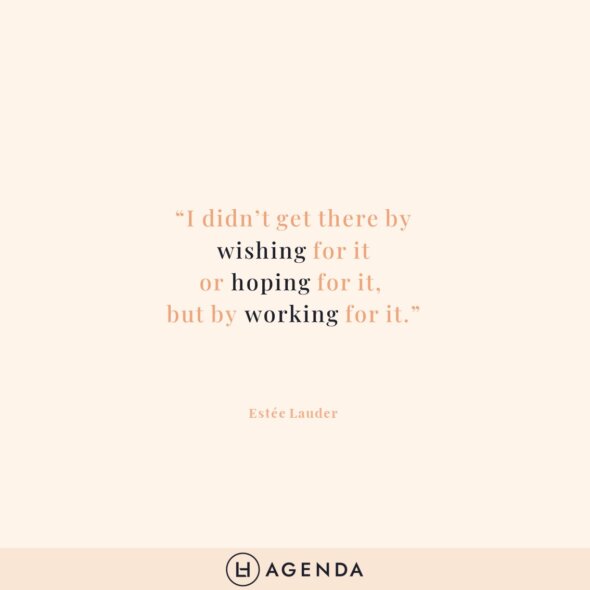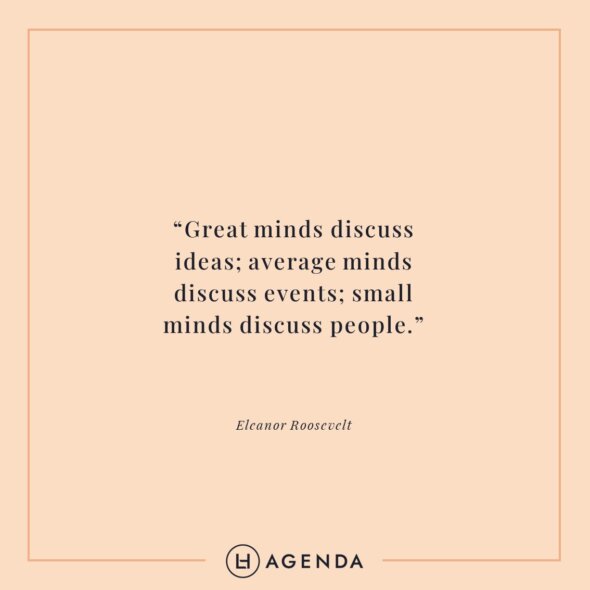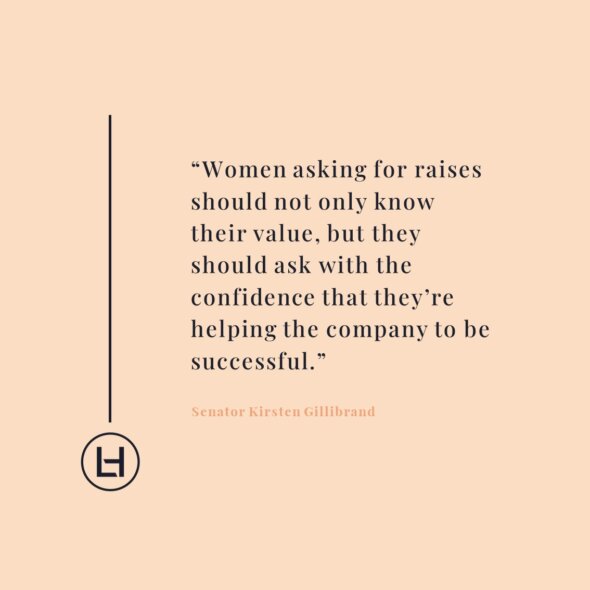At LH Agenda, we’re driven by a desire to build women’s confidence in their businesses and careers. And there’s so much to learn from celebrating the achievements of confident women that have gone before us and impacted the world. To inspire you, we’ve selected the following 7 inspirational quotes from successful women; from senators and global superstars, to the legendary Eleanor Roosevelt. We hope reading these quotes will motivate you to kick ass and achieve amazing things just like the women that created them!
1. “Women have to work much harder to make it in this world. It really pisses me off that women don’t get the same opportunities as men do, or money for that matter. Because let’s face it, money gives men the power to run the show. It gives men the power to define our values and to define what’s sexy and what’s feminine and that’s bullshit. At the end of the day, it’s not about equal rights, it’s about how we think. We have to reshape our own perception of how we view ourselves.” – Beyonce
2. “I didn’t get there by wishing for it or hoping for it, but by working for it.” – Estee Lauder
3. “Great minds discuss ideas; average minds discuss events; small minds discuss people.” – Eleanor Roosevelt
4. “I advise you to stop sharing your dreams with people who try to hold you back, even if they’re your parents. Because, if you’re the kind of person who senses there’s something out there for you beyond whatever it is you’re expected to do – if you want to be EXTRA-ordinary – you will not get there by hanging around a bunch of people who tell you you’re not extraordinary. Instead, you will probably become as ordinary as they expect you to be.” – Kelly Cutrone
5. “Women asking for raises should not only know their value, but they should ask with the confidence that they’re helping the company to be successful.” – Senator Kirsten Gillibrand
6. “A woman is like a tea bag; you never know how strong it is until it’s in hot water.” – Eleanor Roosevelt
7. “Drama is very important in life: You have to come on with a bang. You never want to go out with a whimper.” – Julia Child

Which successful women are you inspired by? Let us know in the comment section below.
If you’re ready to step into your calling, then arm yourself with the right tools – view our purposefully-designed stationery products (filled with even more inspirational quotes) in our online store. You can also sign up to our newsletter on our Welcome page for regular business and personal growth tips and exercises.












